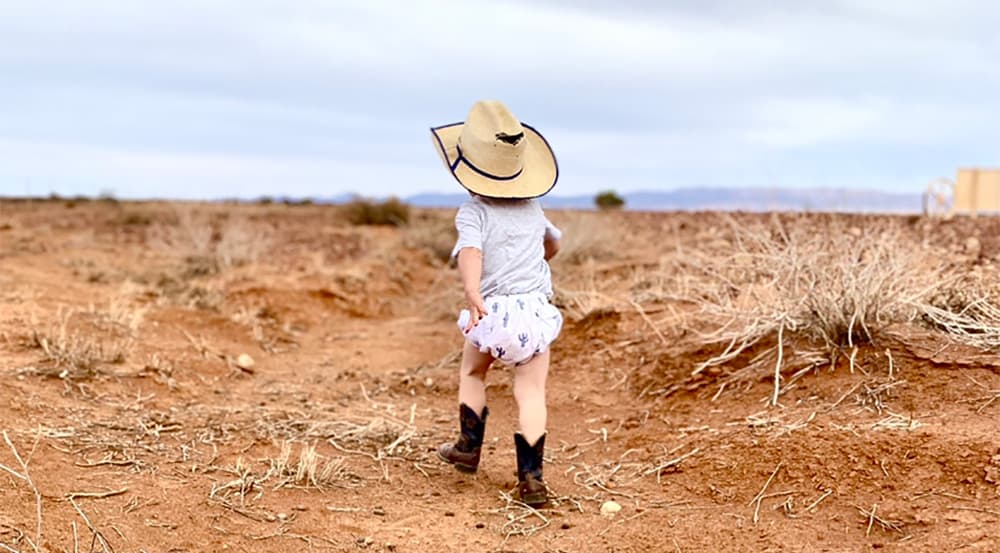Contemplating that tree change or sea change? If the city has lost its lustre during lockdown, moving to the country might be the solution.
Regional Australia offers more affordable housing, often on much larger blocks of land, and a generally slower pace of life. But is it worth it to leave behind the bright lights and plentiful Ubers of the capitals?
Here are five things that might sway you to the country side.
1. Regional living can turbocharge your career
It sounds counter intuitive but moving to the country might be the best career move you make. Many professionals worry that by leaving the capitals, they’ll be limiting their career progression. However, country towns can open doors that would otherwise stay closed.
Rural areas often struggle to attract professionals, such as doctors, accountants and educators, who are more likely to be able to afford city living. If you’re struggling to compete with other graduates in the city, you might find a warmer welcome in the bush. And while you may not be able to work for a big-name firm, the work-life balance is likely to be far better.
At the same time, there has been a recent influx of white-collar workers who have taken their city jobs ‘with them’ and now work remotely. This has led to greater demand on services, and in turn greater demand for service roles. Trades, hospitality workers and carers have also seen a spike in demand, with plenty of vacancies on offer.
2. More house for your money
House prices have been surging in regional Australia, but they’re still significantly cheaper than their city counterparts. Additionally, if you want a block of land with a garden for the kids, you’re more likely to find it in the country.
Not all regions are similarly cheap, of course: the median price in Byron Bay has soared to an astounding $2,845,000 according to Domain data. However, you can still get bargains in most regional areas. ABC News estimates that the median house price in regional Australia is still $250,000 under that of the capitals: a significant saving for most home owners.
3. Community focus
In a small town, everyone knows you. For some people, that’s not a draw card. For others, it’s exactly the community vibe they’re looking for. You can make strong friendships with others, lean into an atmosphere where everyone says hi, and perhaps let your kids roam a little further: there’ll always be someone keeping an eye on them.
In smaller communities, it’s also easier to have an impact on your surroundings. If you want to see better school resources, or you have an opinion on that proposed road upgrade, you can make your voice heard. By joining the local chamber of commerce, or coming to your council meetings, you can quickly get a handle on what’s going on and how you can make a difference.
One surefire way to become part of the community is to join your local CFS or SES brigade. Country towns always want more volunteers to help keep the area safe and lend a hand in extreme weather.
4. Cutting out the commute
Regional Australia is more spread out, but chances are, your commute will be far shorter. In most regional towns, you can live fairly close to the main street if you choose to. If you’re hankering after an acreage, you might have to live a little further out, but in most cases, you’re still looking at a 20-30 minute drive into town. And how would you rather spend that half an hour? Driving down country roads while green hills roll past, or stuck in bumper-to-bumper traffic with the smell of petrol heavy in the air?
Once you get where you’re going, you can usually find a free or very low cost parking space close to your destination. Compare that with the hefty charges levied in city carparks, and the cost saving is obvious.
5. Getting back to nature
One obvious advantage of living in regional Australia? Living among nature. Whether you choose the waterfalls and forests of the Blue Mountains, coastal South Australia or the tropics of Far North Queensland, Australia is rich in natural beauty. Living in the regions, it’s easy to spend a day hiking through forest or walking along the beach.
Larger blocks of land also mean you can enjoy nature closer to your doorstep. If you’ve ever wanted to grow your own veggies, keep some backyard chickens or cultivate a wildflower patch, regional living is the ideal choice for you.
Everyone is different and living in regional Australia may not suit your current lifestyle. But if you’re thinking of a change, give it closer consideration. It might just be what you’re looking for.
